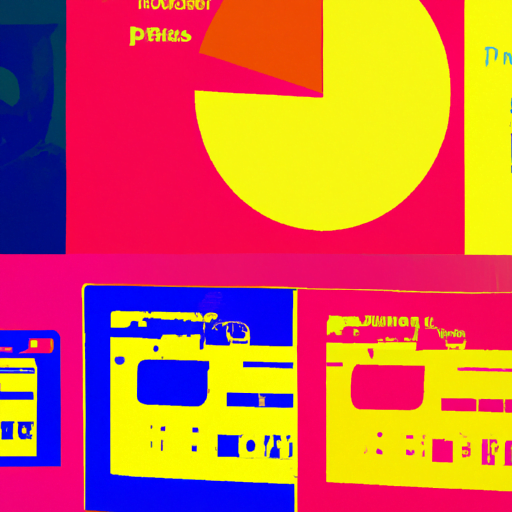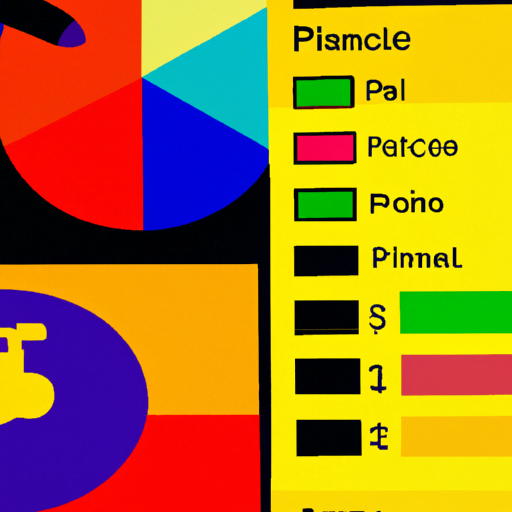
-
Table of Contents
- Designing Personal Finance Management Interfaces
- The Importance of Personal Finance Management Interfaces
- Understanding User Needs and Goals
- Key Features and Functionalities
- User-Friendly Interface Design
- Clear and Intuitive Navigation
- Minimalistic and Consistent Design
- Responsive Design
- Smart Data Input and Automation
- Visualizations and Dashboards
- Case Study: Mint
- Conclusion
Designing Personal Finance Management Interfaces

Managing personal finances is a crucial aspect of everyone’s life. From budgeting to tracking expenses, individuals need effective tools to help them stay on top of their financial goals. In today’s digital age, personal finance management interfaces play a vital role in helping users manage their money efficiently. This article explores the key principles and best practices for designing user-friendly and effective personal finance management interfaces.
The Importance of Personal Finance Management Interfaces
Personal finance management interfaces, commonly known as personal finance apps or platforms, have gained significant popularity in recent years. These interfaces provide users with a centralized platform to track their income, expenses, savings, investments, and more. They offer a range of features and functionalities that simplify financial management and empower users to make informed decisions about their money.
According to a survey conducted by Statista, the global personal finance management app market is expected to reach $1.5 billion by 2025. This growth is driven by the increasing demand for digital solutions that help individuals take control of their finances.
Understanding User Needs and Goals
Before diving into the design process, it is crucial to understand the needs and goals of the target users. Personal finance management interfaces cater to a diverse range of users, including individuals with varying financial literacy levels and goals. Conducting user research and creating user personas can help designers gain insights into the target audience and their specific requirements.
For example, a user persona for a personal finance management interface could include a young professional who wants to save for a down payment on a house, a retiree looking to manage their investments, or a student trying to budget their monthly expenses.
Key Features and Functionalities
Based on user research and personas, designers can identify the key features and functionalities that should be included in the personal finance management interface. Here are some essential features:
- Expense Tracking: Users should be able to easily track their expenses by categorizing them and setting budgets for different categories.
- Budgeting Tools: The interface should provide tools to create and manage budgets, allowing users to set financial goals and track their progress.
- Bill Reminders: Reminders for upcoming bills and due dates can help users avoid late payments and penalties.
- Goal Setting: Users should be able to set short-term and long-term financial goals, such as saving for a vacation or retirement.
- Investment Tracking: Integration with investment platforms can provide users with a holistic view of their financial portfolio.
- Financial Insights: The interface should offer visualizations and reports that provide users with insights into their spending patterns and financial health.
- Security and Privacy: Personal finance management interfaces deal with sensitive financial information, so robust security measures and data privacy should be a top priority.
User-Friendly Interface Design
Designing a user-friendly interface is crucial for personal finance management platforms. Here are some best practices to consider:
Clear and Intuitive Navigation
The interface should have a clear and intuitive navigation structure that allows users to easily access different features and functionalities. A well-organized menu or sidebar can help users find what they need without confusion.
Minimalistic and Consistent Design
A minimalistic design approach with consistent visual elements, such as color schemes and typography, can enhance the user experience. Clutter-free screens and well-structured layouts make it easier for users to focus on the most important information.
Responsive Design
Personal finance management interfaces should be designed to be responsive across different devices, including desktops, tablets, and smartphones. This ensures that users can access their financial information anytime, anywhere.
Smart Data Input and Automation
Entering financial data can be time-consuming and tedious. Designers should incorporate smart data input features, such as auto-categorization of expenses and intelligent suggestions, to streamline the process. Integration with bank accounts and credit cards can automate data entry and provide real-time updates.
Visualizations and Dashboards
Visualizations, such as charts and graphs, can help users understand their financial data at a glance. Dashboards that provide an overview of key metrics, such as income, expenses, and savings, allow users to quickly assess their financial health.
Case Study: Mint
Mint, a popular personal finance management platform, is an excellent example of a well-designed interface. It offers a range of features, including expense tracking, budgeting tools, bill reminders, and investment tracking. Mint’s interface is clean, intuitive, and visually appealing.
The home screen provides users with an overview of their financial status, including account balances, spending trends, and upcoming bills. The navigation menu allows users to access different features easily, and the dashboard provides visualizations of key financial metrics.
Mint also offers a mobile app that provides a seamless user experience across devices. Users can track their expenses on the go, receive bill reminders, and access their financial data anytime, anywhere.
Conclusion
Designing personal finance management interfaces requires a deep understanding of user needs and goals. By incorporating key features and functionalities, following user-friendly design principles, and drawing inspiration from successful platforms like Mint, designers can create interfaces that empower users to take control of their finances.
Remember, personal finance management interfaces should be intuitive, visually appealing, and responsive across devices. By providing users with the tools they need to track expenses, set budgets, and make informed financial decisions, these interfaces play a crucial role in helping individuals achieve their financial goals.
